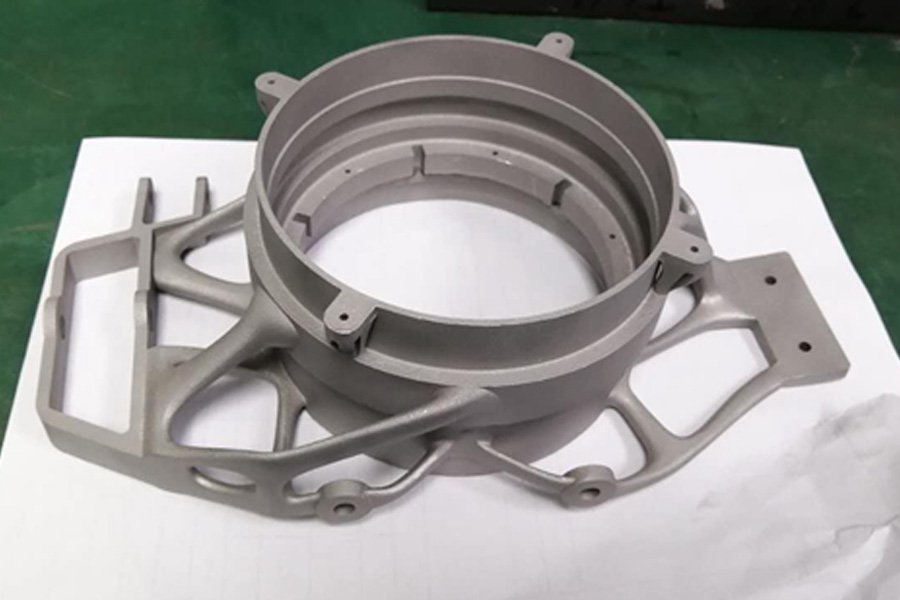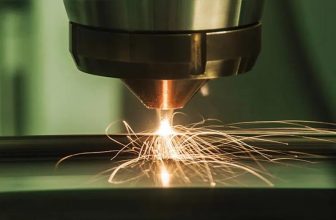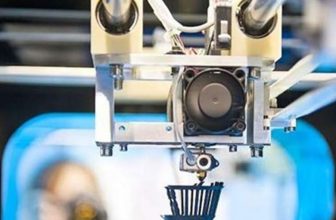
Introduction of stainless steel
Steel is an alloy with iron as the main component, and it appears more frequently than aluminum in our surroundings. Although this material is heavier than aluminum, it is easier to handle, and alloys such as stainless steel are not easy to rust. In fact, some stainless steels have both rust resistance and acid resistance (corrosion resistance). The rust resistance and corrosion resistance of stainless steel are due to the formation of a chromium-rich oxide film (passivation film) on its surface.
This kind of rust resistance and corrosion resistance are relative. Experiments have shown that the corrosion resistance of steel in weak media such as the atmosphere and water and oxidizing media such as nitric acid increases with the increase of the chromium content in the steel. When the chromium content reaches a certain percentage, the corrosion resistance of the steel changes suddenly. That is, from easy to rust to not easy to rust, from no corrosion resistance to corrosion resistance.
Stainless steel materials are often used in the printing process where laser sintering technology is selected. Stainless steel materials are relatively hard, and there are many colors to choose from, such as silver, bronze, and white. They are usually used for models and artworks.
The characteristics of stainless steel
- It has good corrosion resistance and is more durable than ordinary steel.
- The strength is high, so the possibility of using thin plates is great.
- High temperature oxidation resistance and high strength, so it can resist fire.
- Normal temperature processing, that is, easy plastic processing.
- No need for surface treatment, high finish, simple and easy to maintain.
- Good welding performance.
The application of stainless steel in 3D printing
There are several difficulties in traditional machining of stainless steel materials.
The cutting force is large and the cutting temperature is high.
Stainless steel has high strength, large tangential stress and large plastic deformation during cutting, so the cutting force is large. In addition, the thermal conductivity of the material is extremely poor, which causes the cutting temperature to rise, and the high temperature is often concentrated in the narrow and long area near the edge of the tool, which accelerates the wear of the tool.
Severe work hardening.
Some high-temperature alloy stainless steels have a large tendency to work hardening during cutting, which is usually several times that of ordinary carbon steel. When the tool is cut in the work hardened area, the life will be shortened.
Easy to stick to the knife.
Stainless steel has the characteristics of tough chips and high cutting temperature during processing. When the tough chips flow through the rake face, sticking phenomena such as bonding and welding will occur, which will affect the surface roughness of the processed parts.
The 3D printing stainless steel material uses selective laser melting (SLM) molding process to manufacture parts that are not restricted by geometric shapes, shortening the product development and manufacturing cycle, and quickly and efficiently producing small batches of complex parts.
During the SLM forming process, the high-energy laser rapidly grows the metal powder into small molten pools. It can promote the distribution of alloying elements, and rapid cooling inhibits the growth of crystal grains and the segregation of alloying elements, resulting in the solid solution of the alloying elements in the metal matrix cannot be precipitated and uniformly distributed in the matrix, thereby obtaining fine grains and uniform structure micro structure. Different from the traditional casting process, the high-energy laser in the SLM process does not completely melt the metal powder to form a small molten pool. The migration speed of metal atoms in the liquid phase environment is much faster than the solid phase diffusion, which is beneficial to the alloying elements. From the mountain to move and redistribute, metal parts with excellent mechanical properties can be obtained.
The processing of stainless steel with SLM forming processing technology solves the disadvantages of traditional cutting methods. The source of stainless steel is very wide and the uses are diverse. In the near future, SLM technology will become the mainstream technology for processing stainless steel.
Stainless steel is the cheapest metal printing material. The surface of high-strength stainless steel products printed by 3D is slightly rough and there are pits. Stainless steel has a variety of different glossy and frosted surfaces, and is often used for 3D printing of jewelry, functional components and small sculptures.





